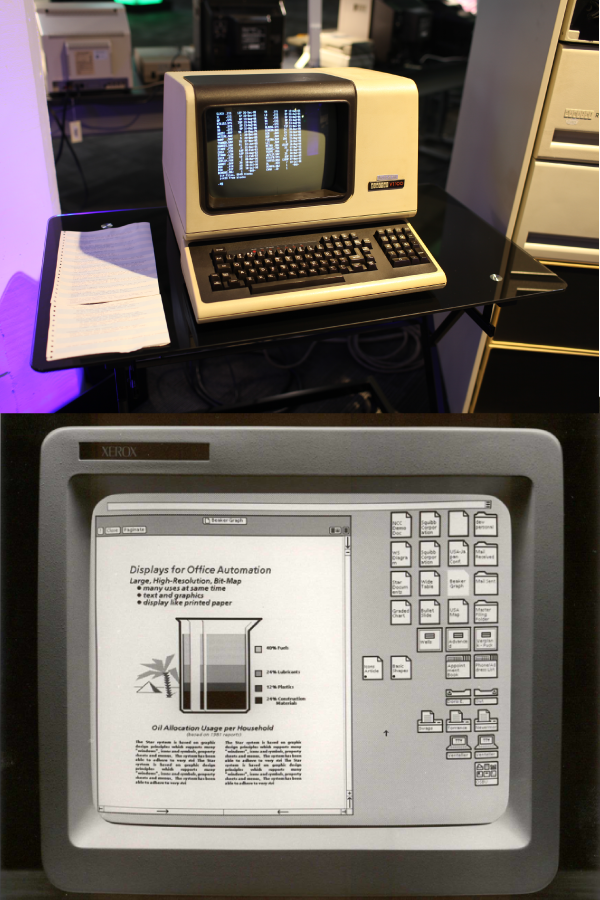What is UX and UI ?
At the most basic level, the user interface (UI) is the series of screens, pages, and visual elements—like buttons and icons—that enable a person to interact with a product or service.
User experience (UX), on the other hand, is the internal experience that a person has as they interact with every aspect of a company’s products and services.
It’s common for folks to use these terms interchangeably, or sometimes incorrectly. If you’ve ever wondered, “What is UI, what is UX, and what’s the difference between them?” in today’s post we’ll dig a bit deeper into UI and UX to get a better understanding of the differences between them.
At the most basic level, the user interface (UI) is the series of screens, pages, and visual elements—like buttons and icons—that enable a person to interact with a product or service.
User experience (UX), on the other hand, is the internal experience that a person has as they interact with every aspect of a company’s products and services.
It’s common for folks to use these terms interchangeably, or sometimes incorrectly. If you’ve ever wondered, “What is UI, what is UX, and what’s the difference between them?” in today’s post we’ll dig a bit deeper into UI and UX to get a better understanding of the differences between them.
What is UI?
Simply put, user interface (UI) is anything a user may interact with to use a digital product or service. This includes everything from screens and touchscreens, keyboards, sounds, and even lights. To understand the evolution of UI, however, it’s helpful to learn a bit more about its history and how it has evolved into best practices and a profession.
A brief history of the user interface
Back in the 1970’s, if you wanted to use a computer, you had to use the command line interface. The graphical interfaces used today didn’t yet exist commercially. For a computer to work, users needed to communicate via programming language, requiring seemingly infinite lines of code to complete a simple task.
By the 1980’s the first graphical user interface (GUI) was developed by computer scientists at Xerox PARC. With this groundbreaking innovation, users could now interact with their personal computers by visually submitting commands through icons, buttons, menus, and checkboxes.

This shift in technology meant that anyone could use a computer, no coding required, and the personal computer revolution began.
By 1984 Apple Computer released the Macintosh personal computer which included a point and click mouse. The Macintosh was the first commercially successful home computer to use this type of interface.
The accessibility and prevalence of personal—and office—computers meant that interfaces needed to be designed with users in mind. If users couldn’t interact with their computers, they wouldn’t sell. As a result, the UI designer was born.
As with any growing technology, the UI designer’s role has evolved as systems, preferences, expectations, and accessibility has demanded more and more from devices. Now UI designers work not just on computer interfaces, but mobile phones, augmented and virtual reality, and even “invisible” or screenless interfaces (also referred to as zero UI) like voice, gesture, and light.
Today’s UI designer has nearly limitless opportunities to work on websites, mobile apps, wearable technology, and smart home devices, just to name a few. As long as computers continue to be a part of daily life, there will be the need to make the interfaces that enable users of all ages, backgrounds, and technical experience can effectively use.
What is UX?
User experience, or UX, evolved as a result of the improvements to UI. Once there was something for users to interact with, their experience, whether positive, negative, or neutral, changed how users felt about those interactions.

Cognitive scientist Don Norman is credited with coining the term, “user experience” back in the early 1990’s when he worked at Apple and defines it as follows,
‘User experience’ encompasses all aspects of the end-user’s interaction with the company, its services, and its products.
That’s a broad definition that could encompass every possible interaction a person could have with a product or service—not just a digital experience. Some UX professionals have opted for calling the field customer experience, and others have gone a step further to simply refer to the field as experience design.
No matter what it’s called, Norman’s original definition of UX is at the core of every thought experience design—it’s all-encompassing and always centered around the human being it's interacting with.

